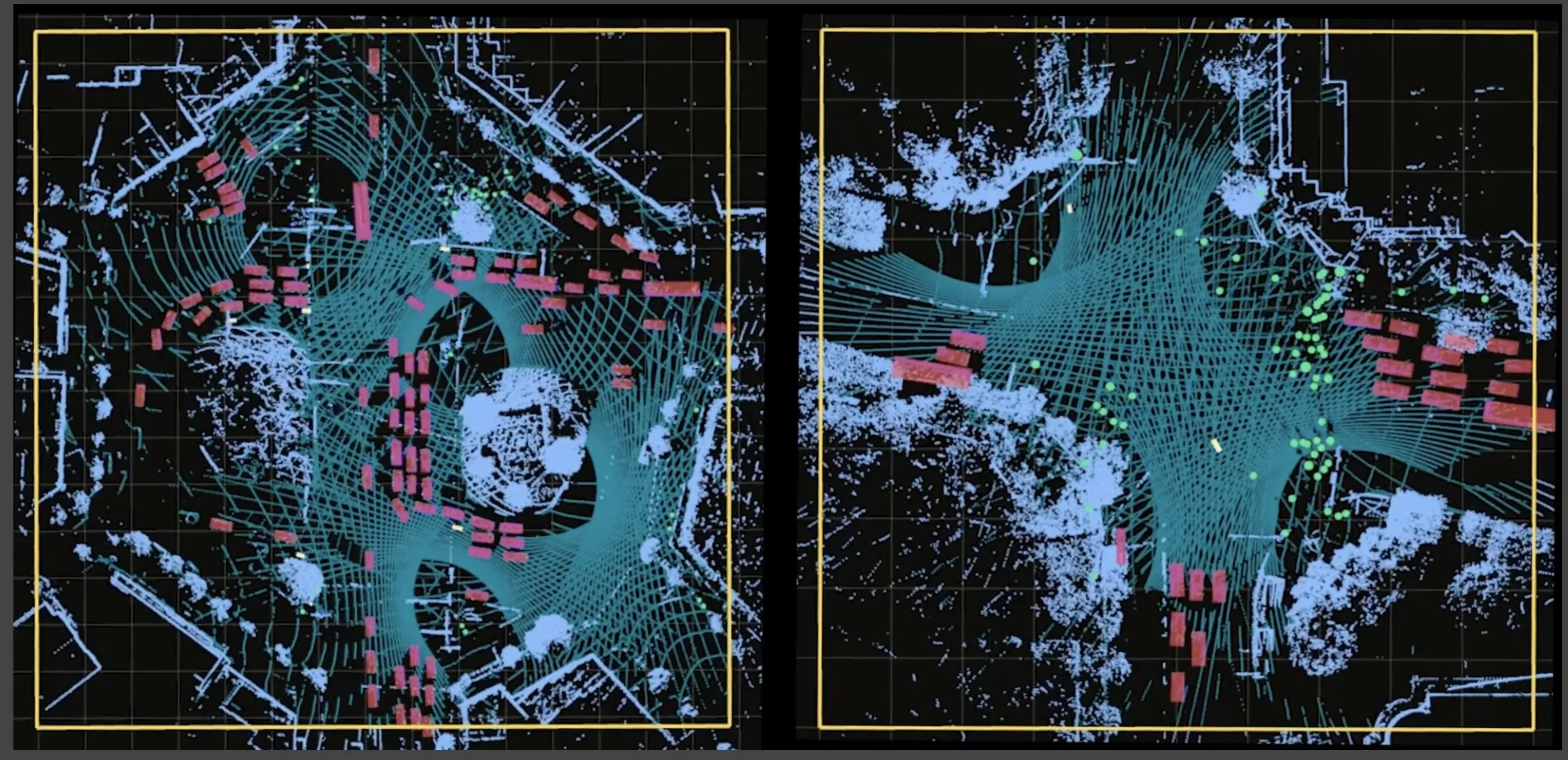GPSat Systems Australia is highlighting its 3D-Spatially Aware Machine (3D-SAM) technology for in-vehicle surrounding environment and multi vehicle situation awareness. Currently operational in mining automation, it delivers autonomous virtual / augmented reality for independent machine process control, essential technology for future cooperative machines associated with driverless automated vehicle applications. The company is also highlighting Griffin, a family of products under development for defence an
October 10, 2016
Read time: 1 min

GPSat Systems Australia is highlighting its 3D-Spatially Aware Machine (3D-SAM) technology for in-vehicle surrounding environment and multi vehicle situation awareness. Currently operational in mining automation, it delivers autonomous virtual / augmented reality for independent machine process control, essential technology for future cooperative machines associated with driverless automated vehicle applications. The company is also highlighting Griffin, a family of products under development for defence and aerospace. They rapidly detect and geo-locate RF interference in the regional GNSS frequency bands to provide unique regional protection against future jamming and spoofing threats.










